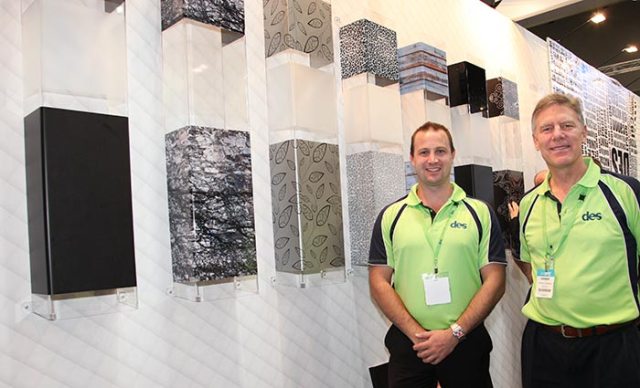

Every business needs a website, and that includes printers. The website is like your office – it is the place your potential clientele visit to check you out, even if it’s just to find your address and phone number. Nobody wants to have a shabby office. The same goes for the website.
While printers will likely farm out programming and content management of the site, they shouldn’t ignore the design process altogether. To get the best return on investment, users would need to understand what works and what doesn’t so that they can give the coders the best direction possible.
Here are some questions to consider. Does the site look modern and fresh? Are the fonts consistent and attractive? Do the images look professional? Are they the same size on other sites or do they look out of date? Can you edit it yourself? How good are the hosting and support services? How good is the content? Does it encourage customers to take action? Does it have more of a personal feeling than something that’s corporate? Is social media integrated into the site?
One of the most important features of any site is navigation. Visitors will go to another website if they find links leading to other links that take them deeper and deeper into the system without finding anything. If the content is laid out where a dozen clicks are required just to get to some basic information, they will go somewhere else.
The biggest frustration people have is when they can’t find what they’re looking for. Remember the three-click rule: studies have shown, on average, that if a customer cannot find a wanted item or piece of information within three clicks of entering your site, they will go somewhere else. Use colour coding so that navigational areas are easily distinguished from your content.
Group related links together (for example having core links like “home”, “blog”, “about” at the top and functional links like “account history” down the side), and use icons to aid navigation. A site map including links to each category, subcategory, and page on your site will make it easier for both search engines and customers to easily access all of the information
Once you have the customer’s attention, turn it into a sale by putting in a high-quality shopping cart where they can easily add and remove products. The best sites plug directly into a web-to-print system so customers’ orders are automated at the printer’s end.
With clients’ permission, you can use their testimonials to tell the world about your business.
Finally, it doesn’t matter how good the design is: a website is a waste of time and resources if no one knows about it. You need to employ ‘search engine optimisation’, or SEO, to make your site appear high up on a Google search. Select 50 to 100 keywords most relevant to your products, services and target audience. If you’re stuck for keywords, search ‘Google AdWords ideas’ and use Google’s handy keyword tool. For example, type in ‘printing’ and it will throw up ‘leaflet printing’, ‘poster printing’, ‘cheap printing’, ‘business card printing’… the list goes on.
Your website introduces the world to your business. It’s also a great equaliser in a competitive market.
Leon Gettler is a senior business journalist who writes for a range of leading newspapers and journals
Comment below to have your say on this story.
If you have a news story or tip-off, get in touch at editorial@sprinter.com.au.
Sign up to the Sprinter newsletter



